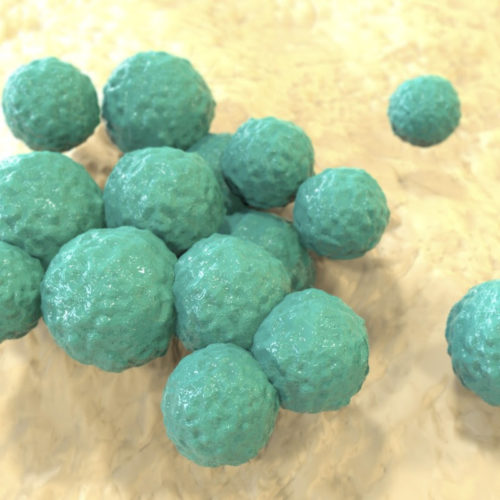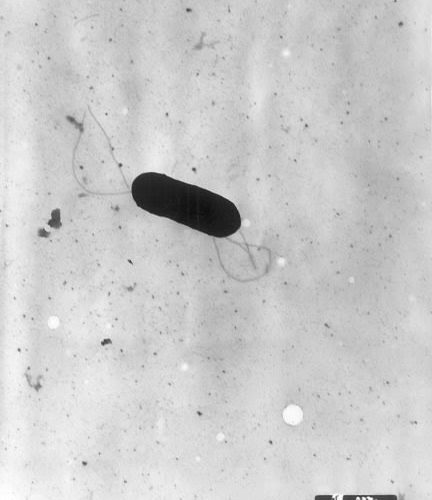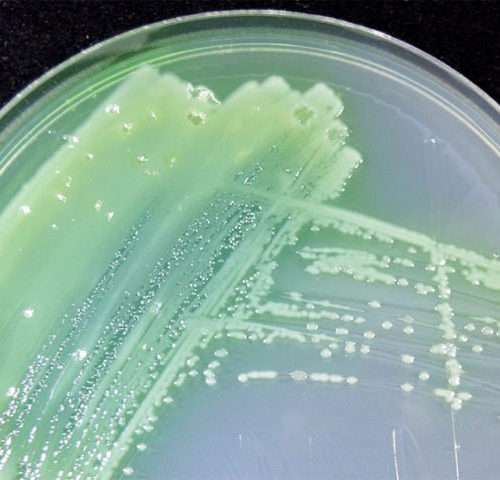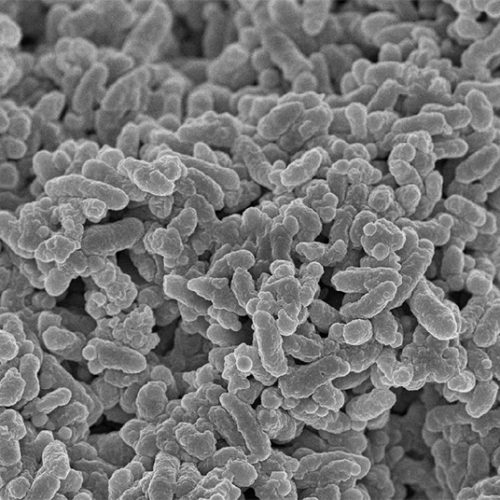By Ben Coxworth August 11, 2020 Staphylococci bacteria proved to be no match for the peptide-boosted cellulose fibers katerynakon/Depositphotos VIEW 1 IMAGES Although it’s vitally important to keep wounds free of harmful bacteria, antibacterial ointments have to be regularly reapplied, requiring bandages to be removed. A new wound dressing, however, is claimed to continuously kill...
Tag: <span>bacteria</span>
Anatomy of an acne treatment
Sarecycline, a drug approved for use in the United States in 2018, is the first new antibiotic approved to treat acne in more than 40 years. Now, researchers at Yale and the University of Illinois-Chicago have discovered how its unique chemical structure makes it effective. Their new study is the most detailed biological analysis to...
NTU develops peptide that makes drug-resistant bacteria sensitive to antibiotics again
Peptide also kills multidrug-resistant bacteria on its own NANYANG TECHNOLOGICAL UNIVERSITY SCIENTISTS AT NTU HAVE DEVELOPED A SYNTHETIC ANTIMICROBIAL PEPTIDE THAT MAKES DRUG-RESISTANT BACTERIA SENSITIVE TO ANTIBIOTICS AGAIN. ON ITS OWN, THE PEPTIDE CAN ALSO KILL BACTERIA THAT HAVE GROWN RESISTANT… view more CREDIT: NTU SINGAPORE Scientists at Nanyang Technological University, Singapore (NTU Singapore) have...
Gut microbiome translates stress into sickle cell crises
ALBERT EINSTEIN COLLEGE OF MEDICINE July 30, 2020–(BRONX, NY)–A new study shows how chronic psychological stress leads to painful vessel-clogging episodes–the most common complication of sickle-cell disease (SCD) and a frequent cause of hospitalizations. The findings, made in mice, show that the gut microbiome plays a key role in triggering those episodes and reveals possible...
Medieval medicine remedy could provide new treatment for modern day infections
UNIVERSITY OF WARWICK THE BALDS EYESALVE MIXTURE IN THE LAB.view more CREDIT: UNIVERSITY OF WARWICK Antibiotic resistance is an increasing battle for scientists to overcome, as more antimicrobials are urgently needed to treat biofilm-associated infections. However scientists from the School of Life Sciences at the University of Warwick say research into natural antimicrobials could provide...
Listeria protein provides a CRISPR ‘kill switch’
A single protein derived from a common strain of bacteria found in the soil will offer scientists a more precise way to edit RNA. The protein, called AcrVIA1, can halt the CRISPR-Cas13 editing process, according to new research from Cornell, Rockefeller University and the Memorial Sloan Kettering Cancer Center published in the journal Science. “We’re...
International recommendations for nontuberculous mycobacteria
GERMAN CENTER FOR INFECTION RESEARCH NTMs are closely related to tuberculosis bacteria and can (but do not need to) cause infectious diseases in humans. They are called “nontuberculous mycobacteria” (NTMs) to distinguish them from tuberculosis bacteria. There are approximately 200 different species and subspecies of these bacteria. Patients with bronchiectasis (dilation of the airways) are...
Not as gross as it sounds: predicting how bacteria in mucus affect human health
Inhale, exhale. Humans breathe between 17,000 to 23,000 times a day, on average. But for more than 70,000 children and young adults around the world, taking a breath can be a struggle because of a rare disease, cystic fibrosis. A gene that normally triggers a certain protein to move chloride, found in salt, to cell...
Synthetic Melanin Protects from Radiation Damage
JULY 14TH, 2020 SIAVASH PARKHIDEHCARDIAC SURGERY, DENTISTRY, DERMATOLOGY, MATERIALS, NUCLEAR MEDICINE, ONCOLOGY, ORTHOPEDIC SURGERY, PUBLIC HEALTH, RADIATION ONCOLOGY, RADIOLOGY, SPACE MEDICINE Researchers at Northwestern University have developed a new biomaterial, selenomelanin, that can help protect people from radiation. The new substance, chemically synthesized and produced by bacteria, helps protect cells from radiation more effectively than...
Gut microbiota provide clues for treating diabetes
UNIVERSITY OF GOTHENBURG THIS IS FREDRIK BACKHED, PROFESSOR OF MEDICINE, UNIVERSITY OF GOTHENBURG. view more CREDIT: PHOTO BY JOHAN WINGBORG The individual mix of microorganisms in the human gastrointestinal tract provides vital clues as to how any future incidence of type 2 diabetes can be predicted, prevented and treated. This is demonstrated in a population...







